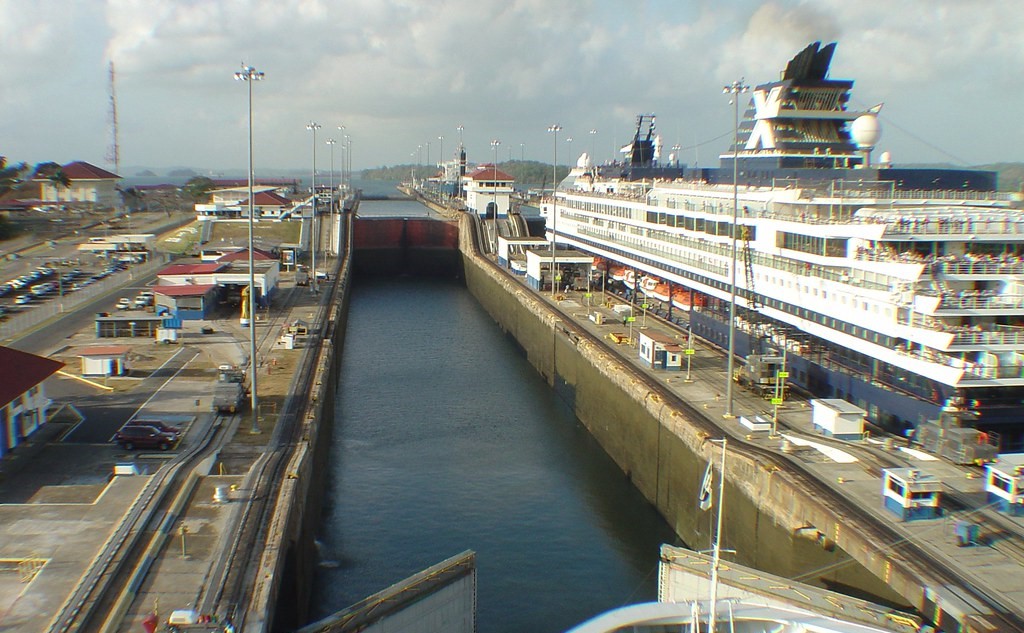Today, the Panama Canal is an unusually dry state, with tree stumps rising above the waterline right after what should have been the rainy season, when the stumps are meant to be fully submerged.
The situation seems to be dire and the Panama Canal Authority is currently deliberating potential fixes that include creating an artificial lake to pump water into the canal, and seeding clouds to boost rainfall in the area. However, both of these options could take years to accomplish–even if it is eventually determined that they are sustainable. This raises some significant concerns as the waterway handles about $270 billion a year in global trading.
As the water levels in the canal have begun to languish at six feet (1.8 meters) below normal, the canal authority recently implemented a limit to how many vessels can cross, which were the strictest restrictions issued since 1989 when the conduit was shut as the U.S. invaded Panama to extract its de facto ruler, Manuel Noriega.
Certain traders are paying millions of dollars to jump the ever-lengthening queue, while others are taking longer and more expensive routes around Africa or South America.
The state of the canal reflects how climate change is comprehensively impacting the flow of global trade, with drought-created choke points forming on the Mississippi and the Rhine Rivers last year, rising sea levels in the Thames in London increasing the risk of flooding, and melting ice creating new shipping routes in the Arctic.
Usually, the Panama Canal is expected to handle about 3% of global maritime trade volumes and 46% of containers moving from Northeast Asia to the U.S. East Coast, so the expected drops in these numbers will inevitably have extensive impacts on a large portion of the world’s trading. The channel is also Panama’s biggest source of revenue, raking in $4.3 billion in 2022.
In addition to the effects of climate change, infrastructure expansion has also played a hefty role in the canal’s damages, as the canal authority completed a new set of locks in 2016 to increase traffic and keep pace with the increasing size of cargo ships, but they neglected to build a new reservoir to pump in enough fresh water- the drought hit soon after, making 2023 the driest year on record at Barro Colorado Island in Lake Gatún, according to Steve Paton, the director of the physical monitoring program at the Smithsonian Tropical Research Institute.
This environmental and economic crisis has set back available shipping routes by more than a century, with shippers now returning to the three alternative routes (Suez Canal, the Cape of Good Hope, and the Strait of Magellan) that were the main trade passageways between the Northern and Southern Hemispheres before the canal became an operating route in 1914. Although vessels have recently diverted from the Suez to avoid attacks from Yemen’s Houthi Rebels.
A consultant and former head of canal authority, Jorge Luis Quijano, says it could take a year to get back to normal trading volumes, yet there is also still a question of what will happen to people of the area who depend on the canal as a water source, that are already beginning to feel the effects of the prolonged drought.
Before his term ended, Quijano lobbied the government to start construction of an additional reservoir, but there was no action taken to preserve the water supply.












